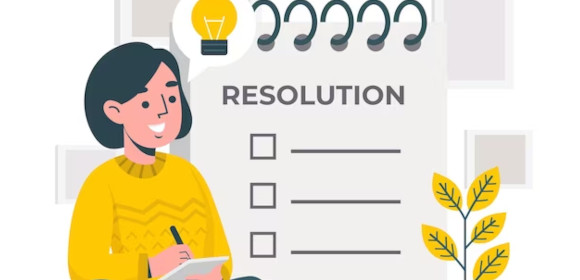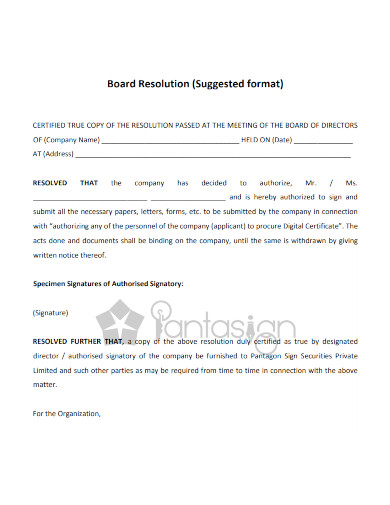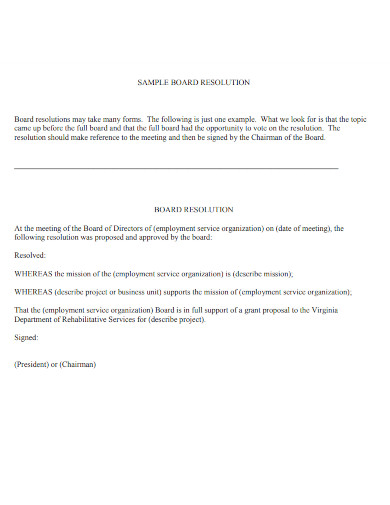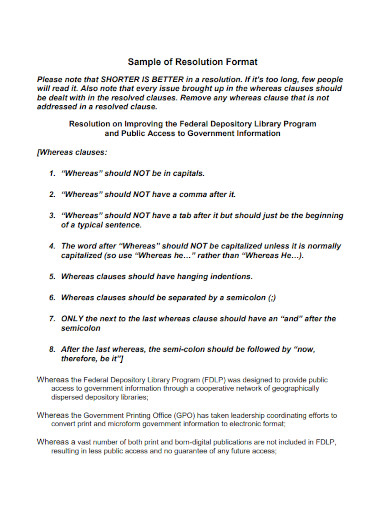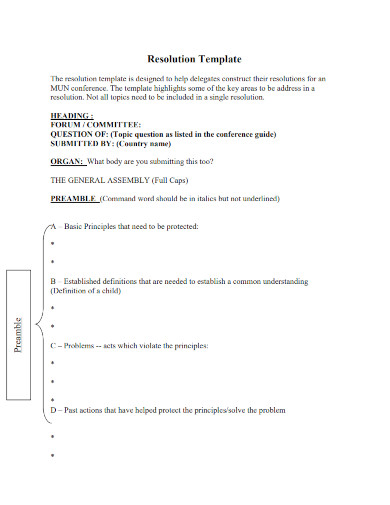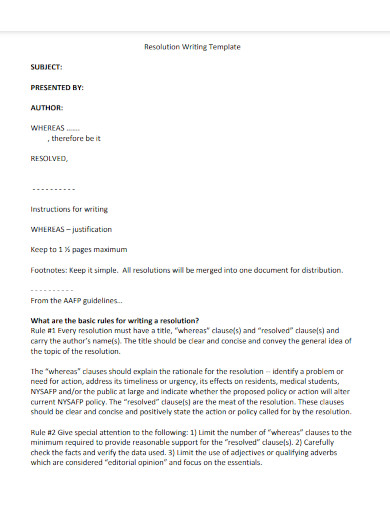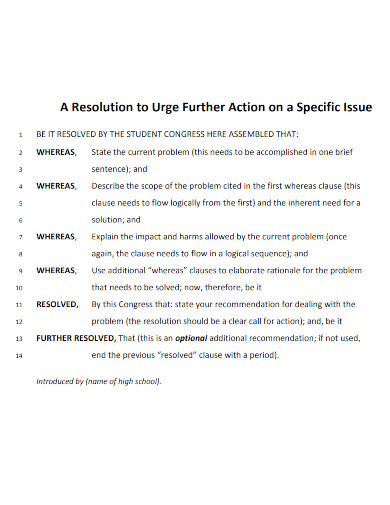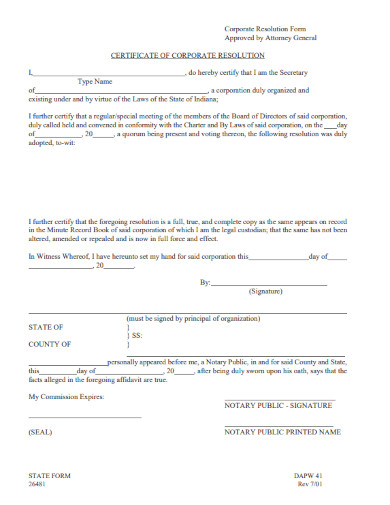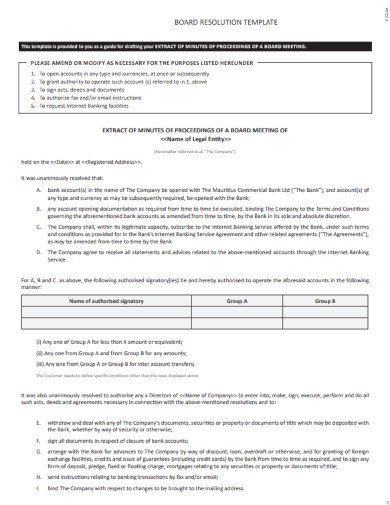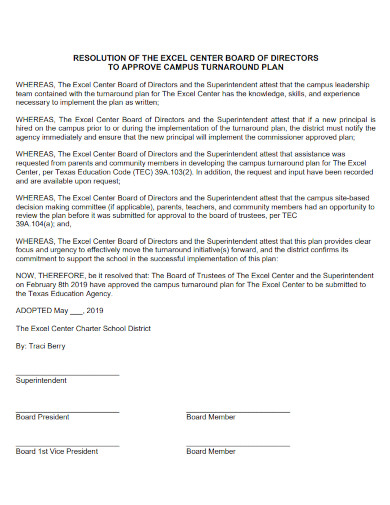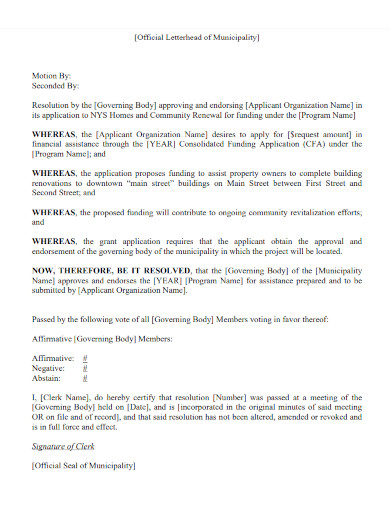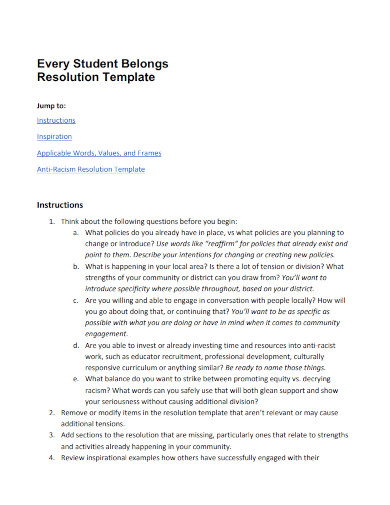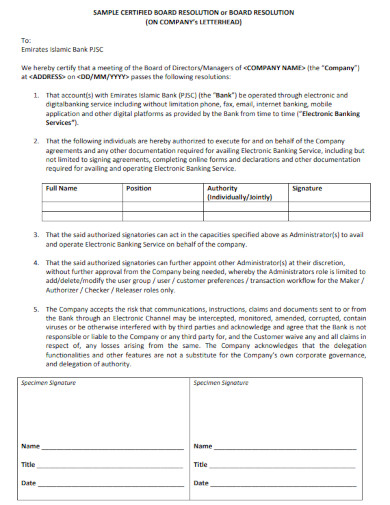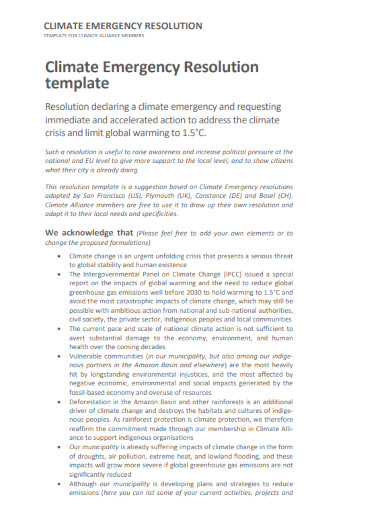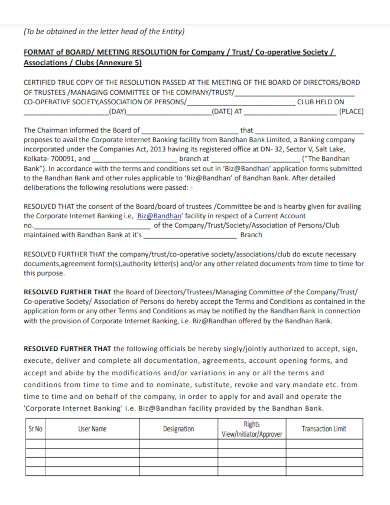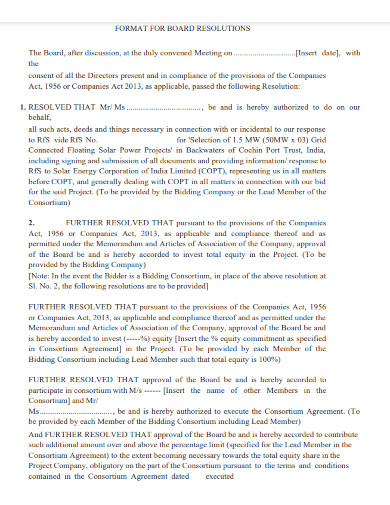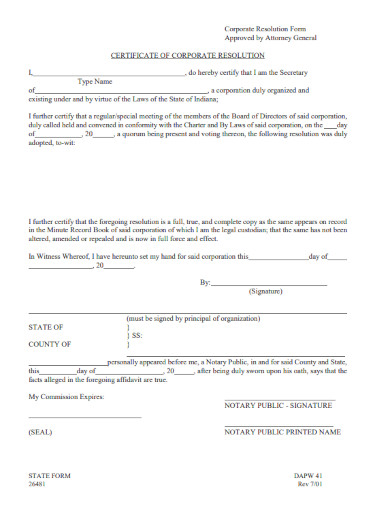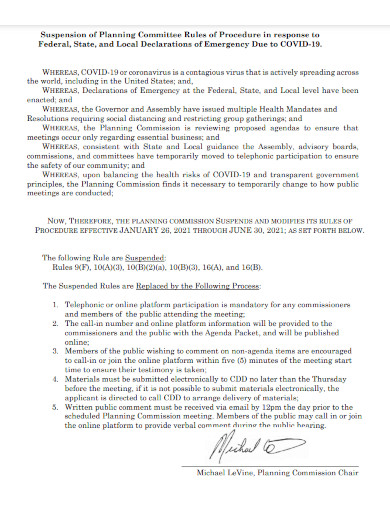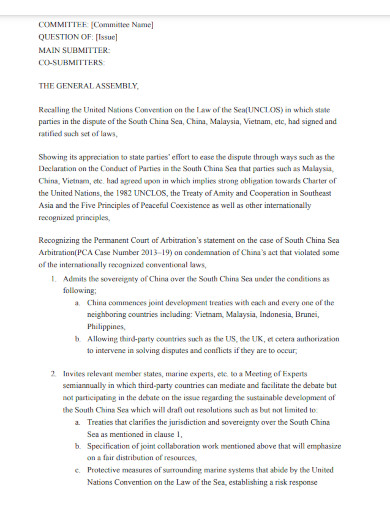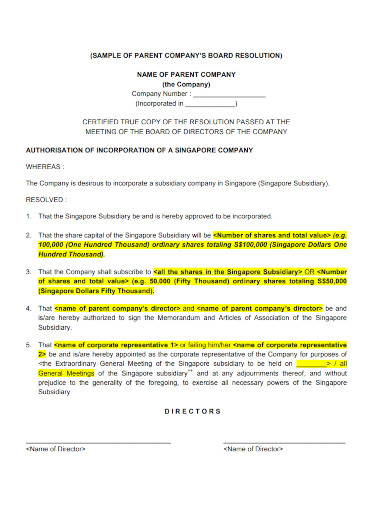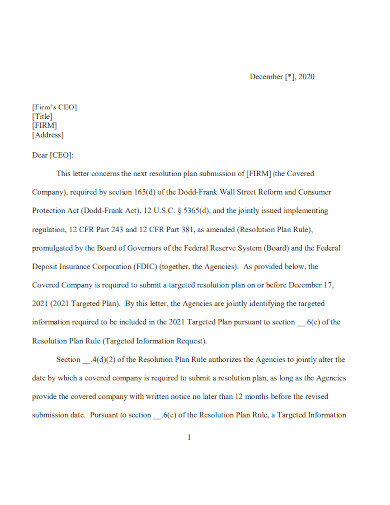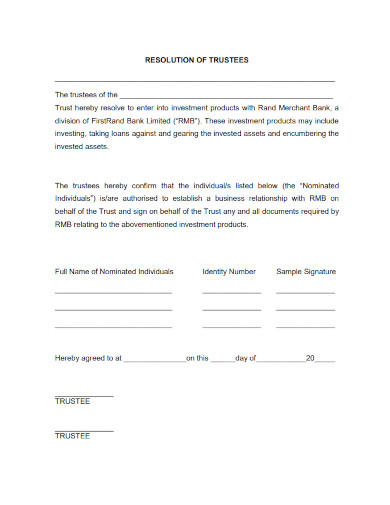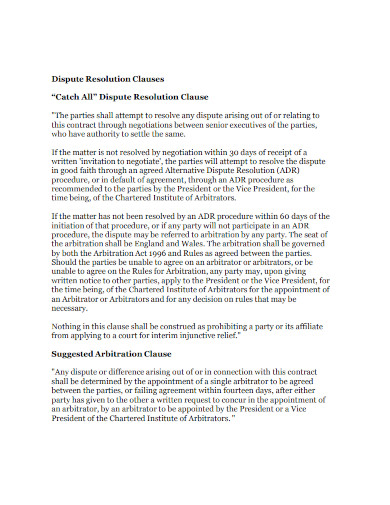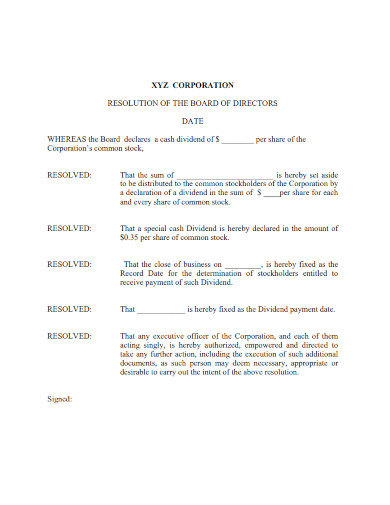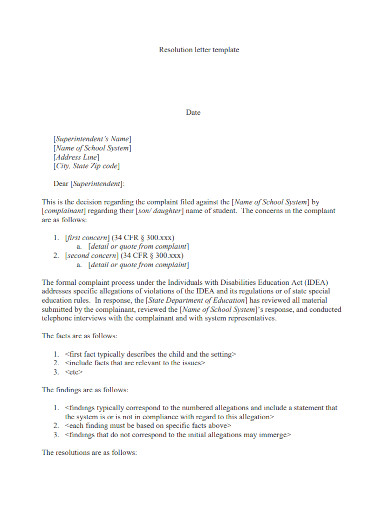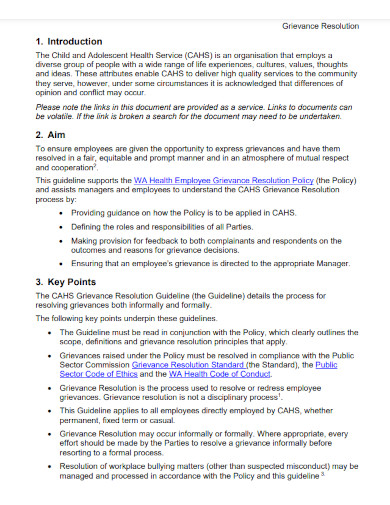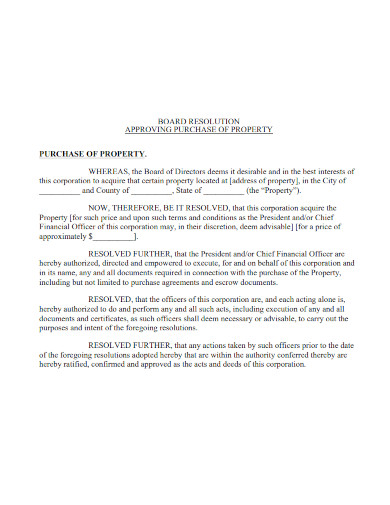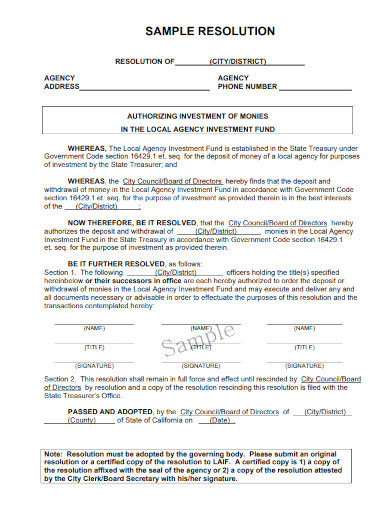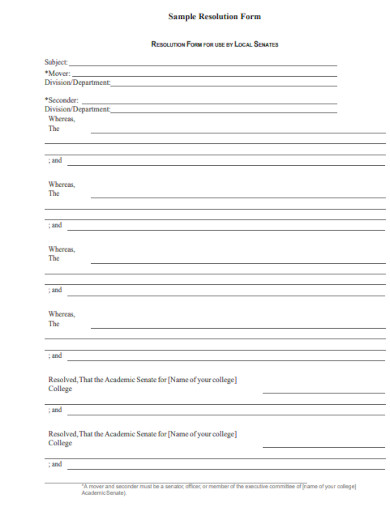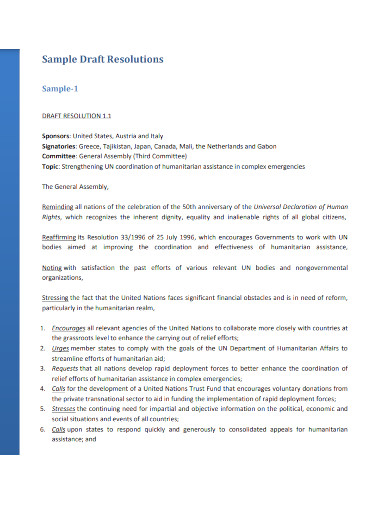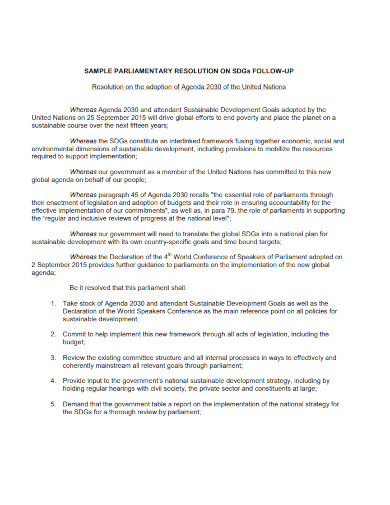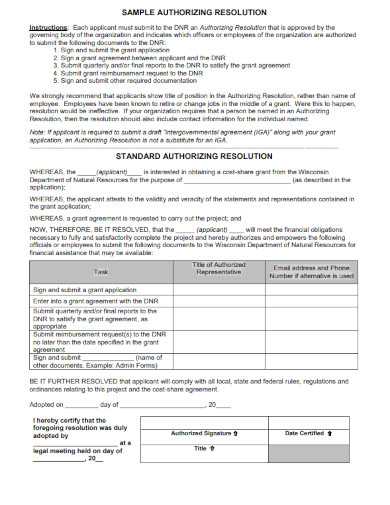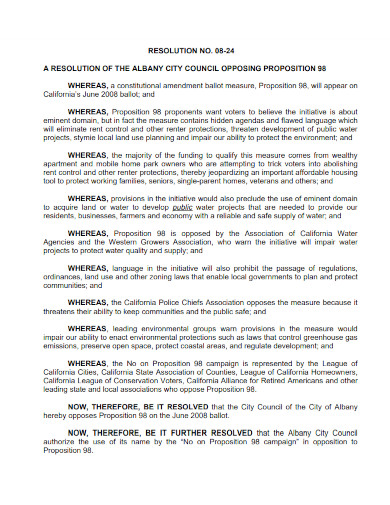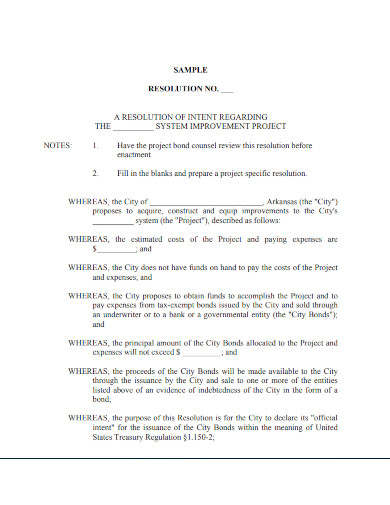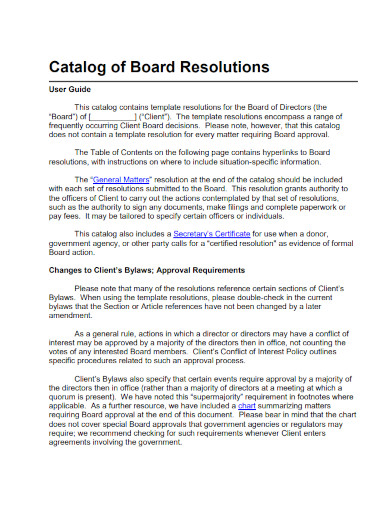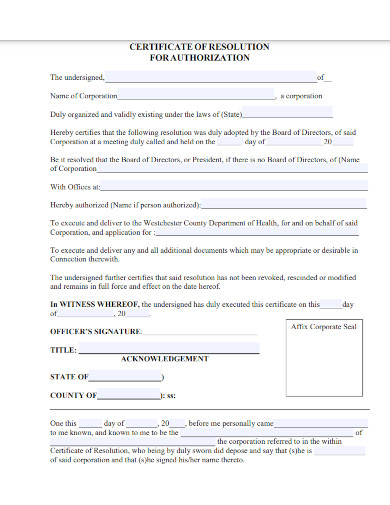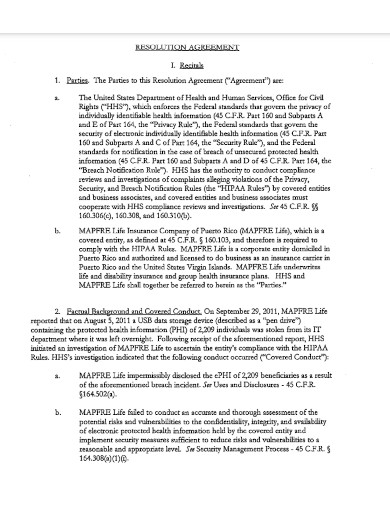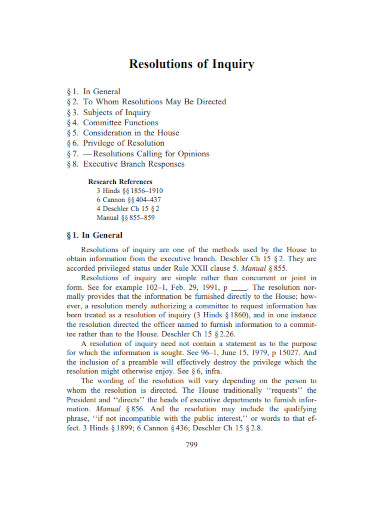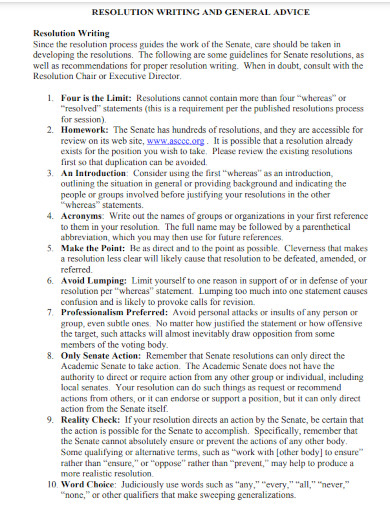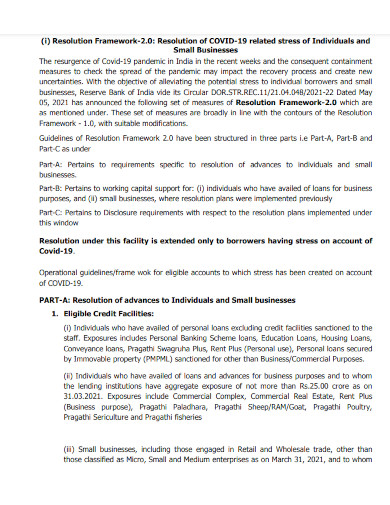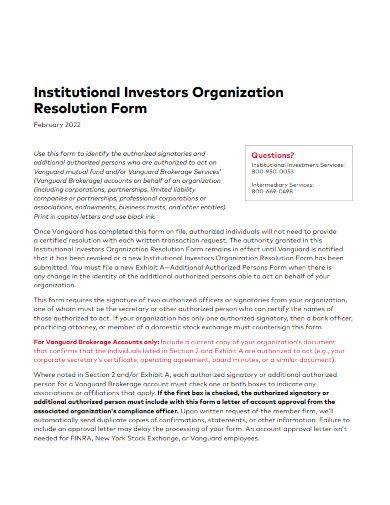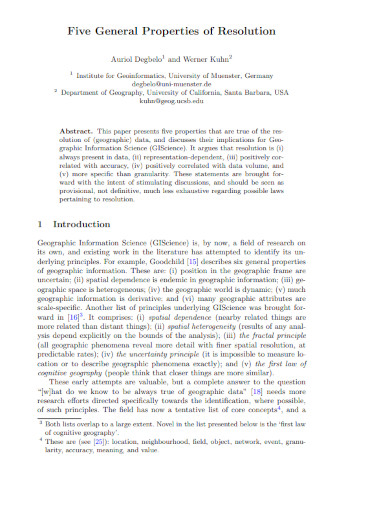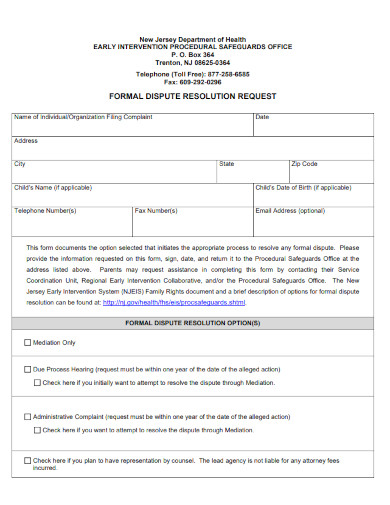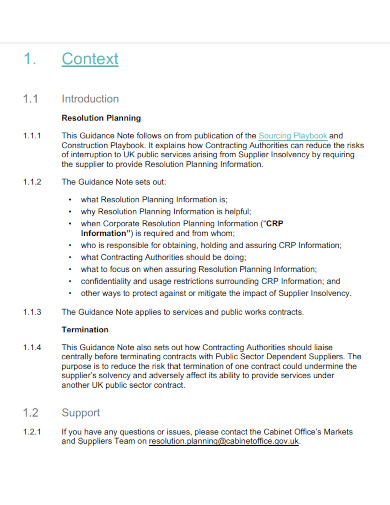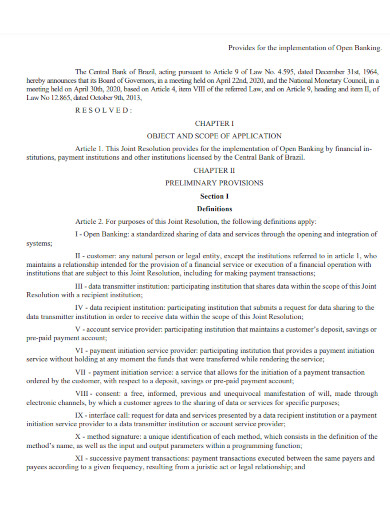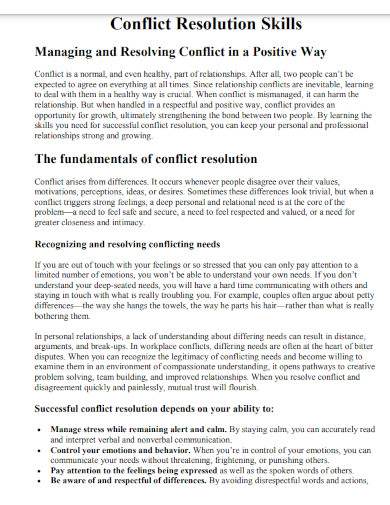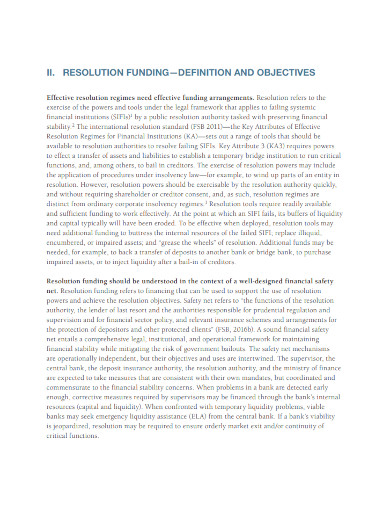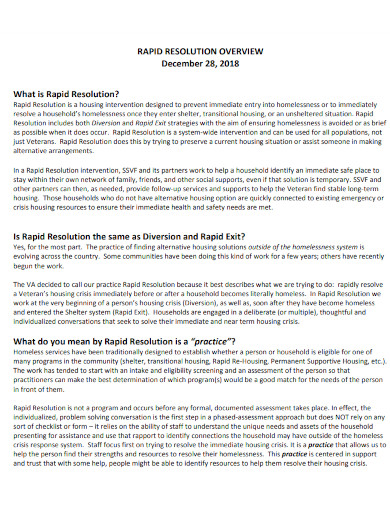Resolution Examples to Download
Everything good novel and movie needs to have a good ending to create a lasting impression for the audience so the narrative will have a good landing. People often call this part of the story or narrative a resolution or conclusion.
1. Board Resolution
2. Board Resolution Generic Template
3. Sample of Resolution Format
4. Resolution Template
5. Resolution Writing Template
6. Legislation Resolution Template
7. Corporate Resolution Form
8. Board Resolution Template
9. Excel Center Board of Directors Resolution
10. Complaint Resolution Template
11. Municipal Resolution Template
12. Sample Council Resolution
13. Student Belongs Resolution Template
14. Sample Certified Board Resolution
15. Climate Emergency Resolution Template
16. Company Meeting Resolution
17. Comment Resolution Table Template
18. Format Board Resolutions
19. Corporate Resolution Template
20. Resolution Template Example
21. Draft Resolution Template
22. Borrowing Resolution
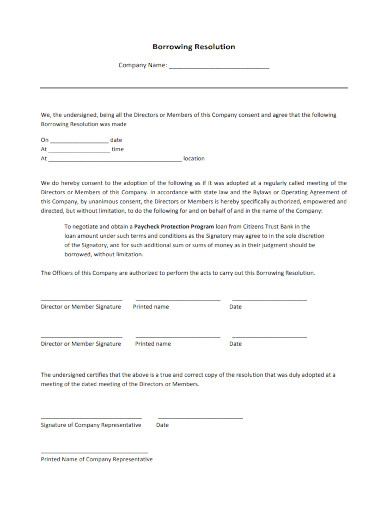
ctbconnect.com
23. Sample of Parent Company’s Board Resolution
24. Targeted Resolution Plan Template
25. Trustees Resolution
26. Dispute Resolution Clauses Template
27. Dividend Resolution Sample
28. Resolution Letter Template
29. Employee Grievance Resolution Policy Template
30. Resolution Approving Purchase of Property
31. Sample Resolution
32. Sample Resolution Form
33. Sample Draft Resolutions
34. Sample Parlimentary Resolution
35. Sample Authorizing Resolution
36. Dispute Resolution
37. Local Goverment Resolution
38. Resolution of Intent Template
39. Catalog of Board Resolutions
40. Grant Resolution Template
41. Certificate of Resolution for Authorization
42. Resolution Agreement
43. Resolutions of Inquiry Template
44. Resolution Writing and General Advice
45. Resolution Framework Template
46. Institutional Investors Organization Resolution Form
47. Billing Dispute Resolution Request Form
48. Five General Properties of Resolution
49. Formal Dispute Resolution Request
50. Resolution Planning Template
51. Specimen Format of Resolution
52. Joint Resolution Template
53. Conflict Resolution Skills
54. Resolution Funding Template
55. Rapid Resolution Overview
What Is a Resolution
A resolution can refer to many things depending on the situation in which the word is used. If used in a more literary sense, a resolution is the ending of a narrative arc. But if the person uses a resolution in terms of a business meeting, then a resolution will be used to conclude and summarize the meeting. Another way to utilize resolution is in a visual sense, as people use the resolution to refer to the overall image size, pixel count, and image quality.
How To Create or Write a Narrative Resolution
A good narrative resolution will ensure that the story will be memorable to the readers and will have a lasting impact on their memory. This will not only improve the reader’s impression of the narrative but will also increase the positive reputation of the narrative.
Step 1: Determine the Amount of Physical Effort Required
Some rites of passage require physical effort to accomplish. Therefore, you need to determine the amount of physical exertion one will have to accomplish to finish the rite. This will help you know whether you are physically able to finish and conduct the rite of passage.
Step 2: Create an Outline For the Conclusion
After you have planned out the direction of the resolution, you must create the outline for the whole scene. The outline should be made under the context of your direction and can span multiple scenes.
Step 3: Write Out the Scene
When you have finished the outline, write out the resolution scenes. The scenes should be engaging and a bit more toned down energy-wise. Note, the conclusion can span multiple scenes but try to keep them short.
Step 4: Create an Engaging Closing Line
The final line/s of the story should end with a bang. This is because the closing line/s will create the last impression the reader will have in the story. Not only that but most of the time readers will be affected by the recency effect, which means the ending will be more memorable.
FAQs
Why is it important to close off a meeting with a resolution?
Meetings often end up with many takeaways and decisions on the subject of the meeting. The best way to close a meeting is with a resolution. This is because a resolution summarizes all the points and decisions brought up during the meeting and will ensure that none of those said points and decisions were ignored or left behind. Not only that but a resolution will also open up further discussion after the meeting and can be used to talk about the actions moving forward. Therefore, every meeting should have a form of resolution when it is concluded.
What is a narrative resolution?
A narrative resolution is the ending or conclusion of the narrative arc of the author’s story. This is very important as it will close the story and finish the journey the writer has set at the beginning of the narrative. The resolution or conclusion should do its best to tie up loose ends or create hype or interest for a follow-up story that will create a new narrative arc. In conclusion, a resolution in a narrative sense is the closing chapter of the plot.
What is a resolution in terms of graphic design or movie-making?
Resolution in terms of graphic design or movie-making refers to the overall size of the frame, image, graphic, or clip art. Not only that but the resolution will also indicate the number of pixels used by the said visual object, meaning that the lower the resolution the lesser the quality of the said object, especially when resized to a larger size. In conclusion, a resolution in a more visual sense is the overall size the visual object is set as.
A resolution has many definitions based on the context the person has set. It can be used in a literary sense to close off a story, while another usage of a resolution is to close off and conclude a meeting. In graphic design and visual arts, resolution refers to the overall size and quality of the visual object. When a resolution is used properly, it can succinctly close off the narrative or meeting and set a precedent for the follow-up.


